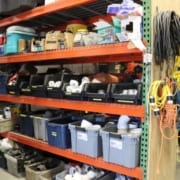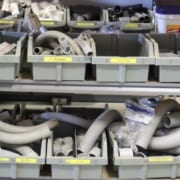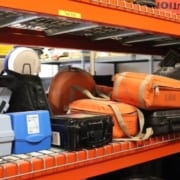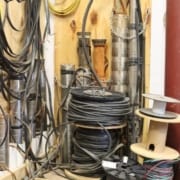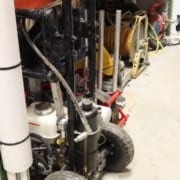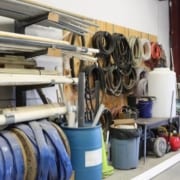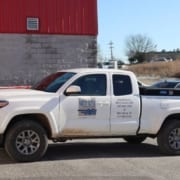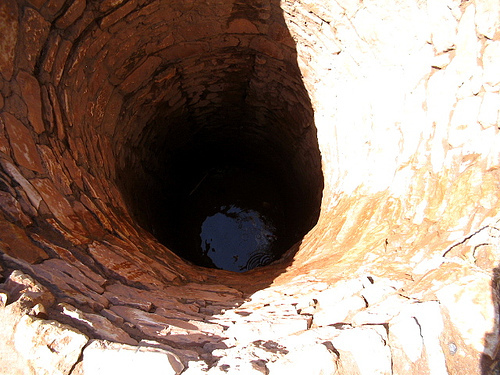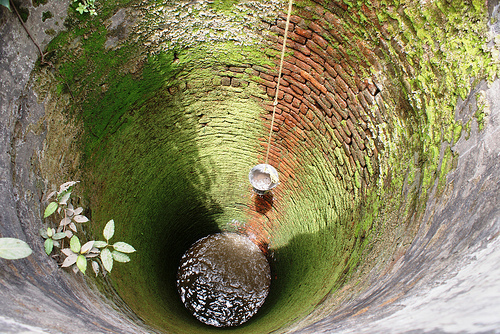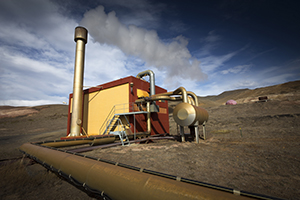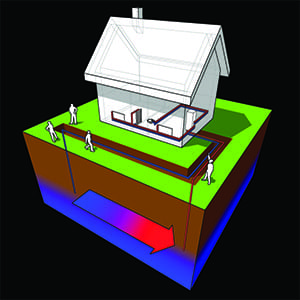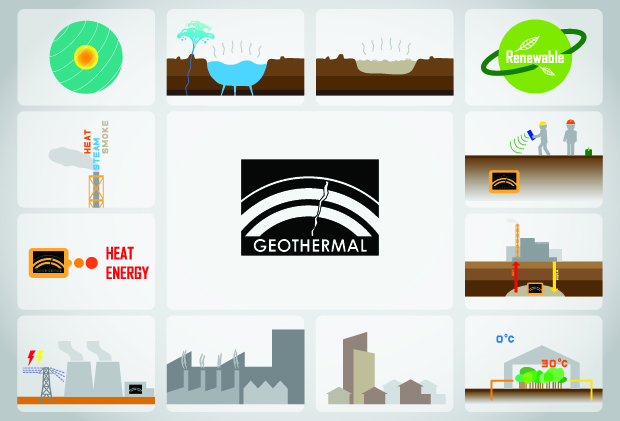Hydro‑Terra Group (HTG) is a specialized environmental firm blending hydrogeology, engineering, environmental science, and design. Founded around 2009 in Westminster, MD, with a second office in Harrisburg, PA by 2017, HTG provides services across the Mid‑Atlantic region—covering Maryland, Pennsylvania, New Jersey, New York, Virginia, Delaware, and West Virginia. HTG’s wide-ranging capabilities include:
- Groundwater & Water Resource Planning: Expertise in developing sustainable wells, aquifer assessments, and stream restoration.
- Environmental Site Assessment & Remediation: Evaluations, feasibility studies, cleanup design, and contaminated groundwater/soil treatment.
- On‑site Wastewater Systems: Design, permitting, and maintenance of septic and wastewater systems tailored to suburban and rural communities.
- Environmental Engineering & Systems: Infrastructure projects like stormwater management, drone‑mediated site inspection, and geothermal systems.
HTG is known for its hands-on, client-focused approach—with many positive customer testimonials praising their reliable expertise, responsiveness, and innovative solutions. The team, led by industry veterans like President Mike Haufler, PG (35+ years experience), and Vice Presidents Jeff Lindaw, PG (30+ years), and Rodney Myers, CHMM (30+ years) ensures both technical excellence and business integrity.
In May 2025, Carroll Magazine—via Carroll News/Carroll Publications—hosted its inaugural Readers’ Choice 2025 Awards. The program was entirely community-driven: nominations and votes came directly from Carroll County residents, with email verification ensuring legitimacy. Under the Business, Education & Government category, a range of organizations were recognized. Hydro‑Terra Group earned an honorable mention in the Business Consultant section, carroll.news. This placement reflects meaningful local support and recognition of HTG’s consulting impact within the Carroll County business ecosystem.
Significance of the Recognition
- Community validation: Since this award is purely public-voted, the mention indicates strong name recognition and trust from local clients and residents.
- Peer benchmarking: Competing alongside top service firms, Hydro‑Terra’s inclusion highlights its effectiveness as a go-to technical/business consulting resource.
- Regional prominence: Even an honorable mention in this inaugural event suggests HTG is emerging not just as a technical specialist, but as a recognized pillar in Carroll County’s economic landscape.
Hydro‑Terra Group exemplifies a modern environmental consultancy: rooted in science, driven by practical, client-oriented problem-solving, and anchored deeply within the Mid‑Atlantic region. Their technologies, ranging from CPT-based geotechnical assessments to full-scale groundwater remediation, address critical ecological and infrastructural needs. Earning an honorable mention in the 2025 Carroll Magazine/Carroll News Readers’ Choice Awards underscores that HTG is not just effective—it’s appreciated. This public accolade aligns with their operational ethos: success through community trust, technical integrity, and visible impact. It’s a strong sign that the firm is on track to grow both regionally and reputationally.

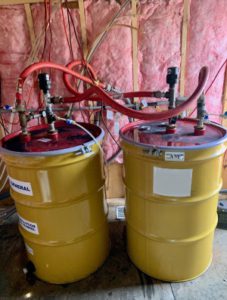
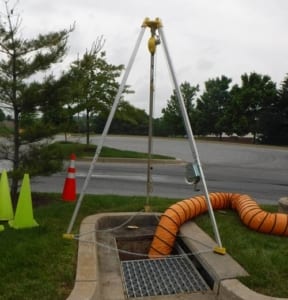 has walls that converge inward or floors that slope downward and taper into a smaller area which could trap or asphyxiate an entrant; or contains any other recognized safety or health hazard, such as unguarded machinery, exposed live wires, or heat stress.” CSE involves the use of OSHA-stipulated equipment and methods for safely entering such spaces and conducting necessary work. OSHA training courses and the correct equipment and procedures are necessary for safe execution of our many tasks.
has walls that converge inward or floors that slope downward and taper into a smaller area which could trap or asphyxiate an entrant; or contains any other recognized safety or health hazard, such as unguarded machinery, exposed live wires, or heat stress.” CSE involves the use of OSHA-stipulated equipment and methods for safely entering such spaces and conducting necessary work. OSHA training courses and the correct equipment and procedures are necessary for safe execution of our many tasks.
